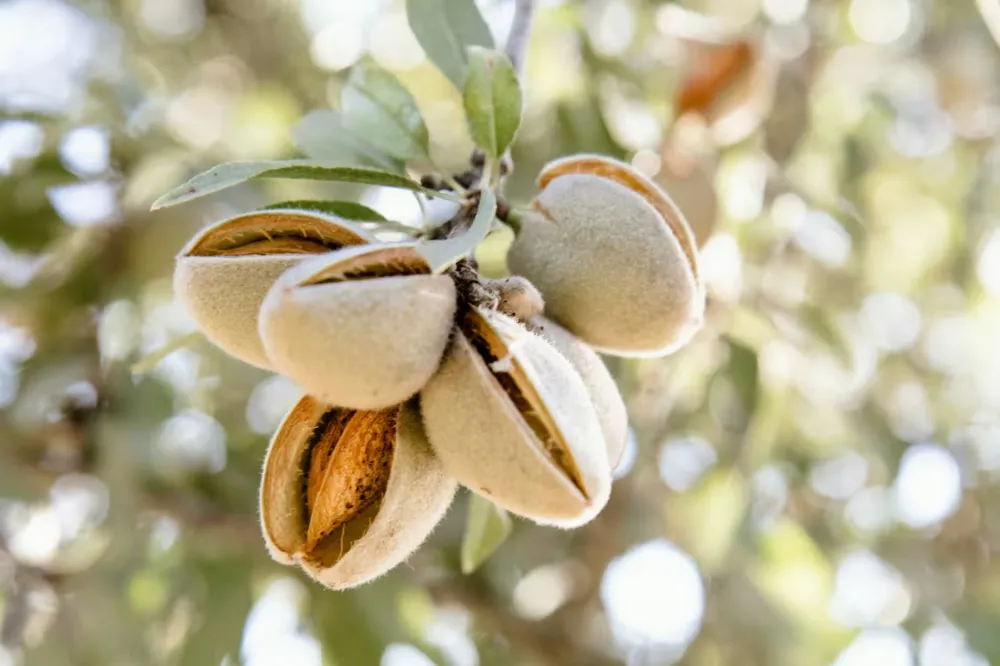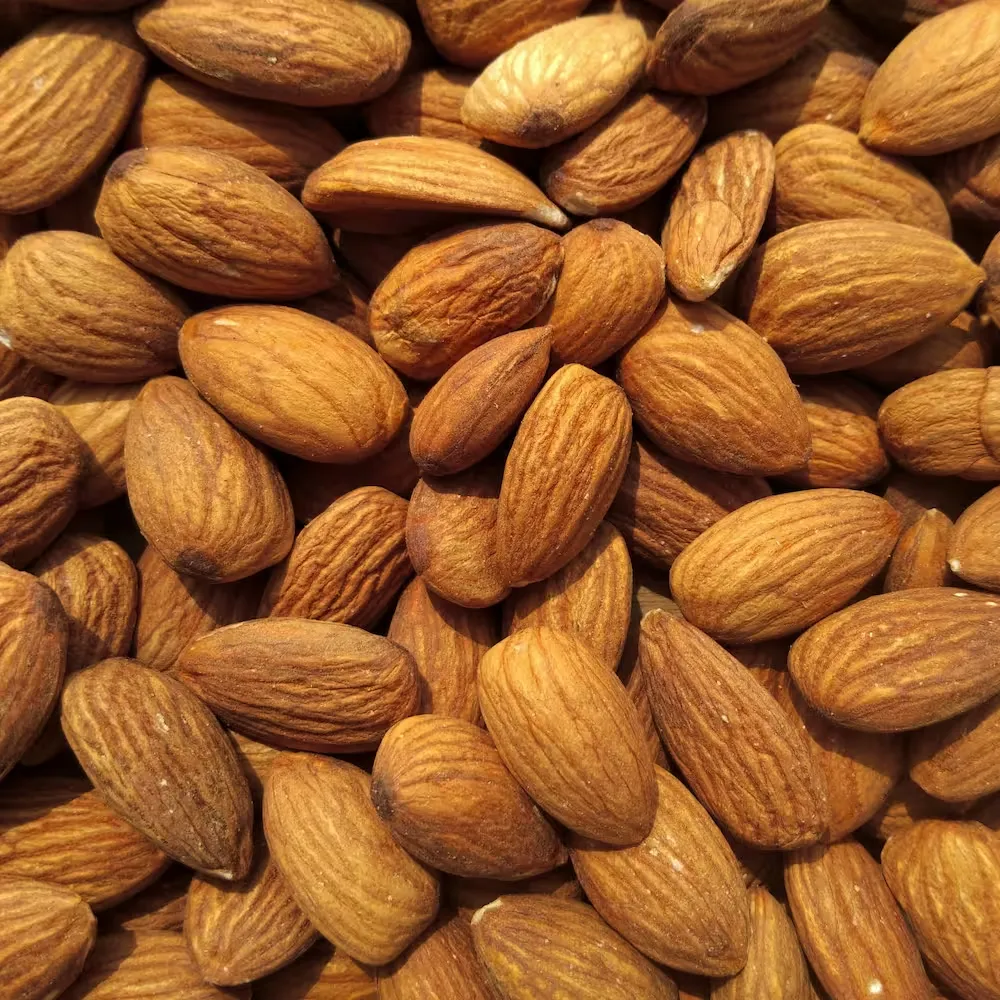Almond

Almonds are nutrient-rich nuts prized for snacking, cooking, and oil extraction, growing on almond trees native to the Mediterranean.
About Almond
Almonds come from the Prunus dulcis tree, a species native to the Middle East and South Asia but now widely cultivated in Mediterranean climates, the United States (especially California), and parts of Australia. The almond is technically a seed encased in a hard shell, surrounded by a leathery hull that is removed before consumption. Almonds are eaten raw, roasted, or processed into almond butter, flour, milk, or oil. Almond oil is commonly used in cooking, cosmetics, and skincare. Almond trees blossom with beautiful pink-white flowers in spring, and the harvest occurs in late summer to early fall. Almonds are a rich source of healthy fats, protein, fiber, vitamins, and minerals, making them a popular health food worldwide.
Gallery



Seasonality
Growing Regions
Categories
Characteristics
Scientific Name
Prunus dulcis
Colour
Texture
Calories
579 per 100g
Taste Profile
Ripeness Indicators
Nuts are harvested when hulls split naturally; shells hard and brown
Edible Parts
Nut kernel (flesh), almond oil; shells and hulls are not eaten
Related Fruits

Abiu
A bright yellow tropical fruit from the Amazon, abiu is prized for its sweet, creamy, jelly-like flesh with a caramel-custard flavor.

Açaí
Açaí are small, dark purple berries from the Amazon rainforest, prized for their antioxidant-rich pulp and tart flavor.

Acerola
Acerola is a bright red tropical berry famous for its intense vitamin C content, offering a sweet-tart flavor perfect for juices and supplements.